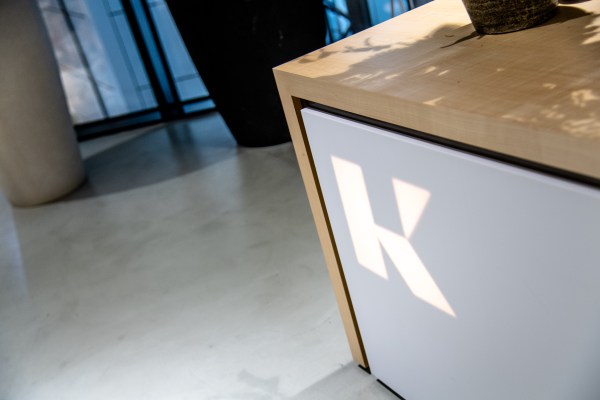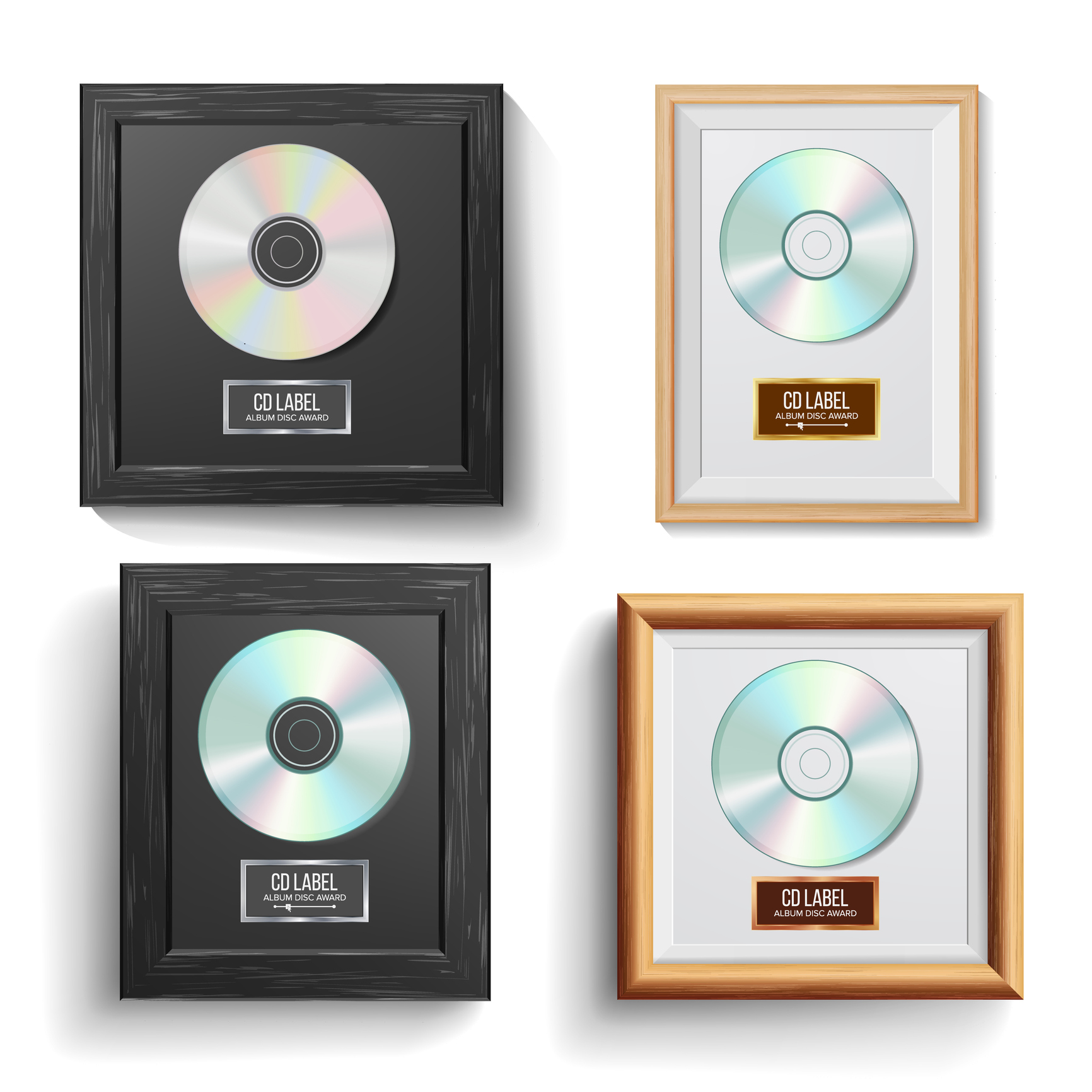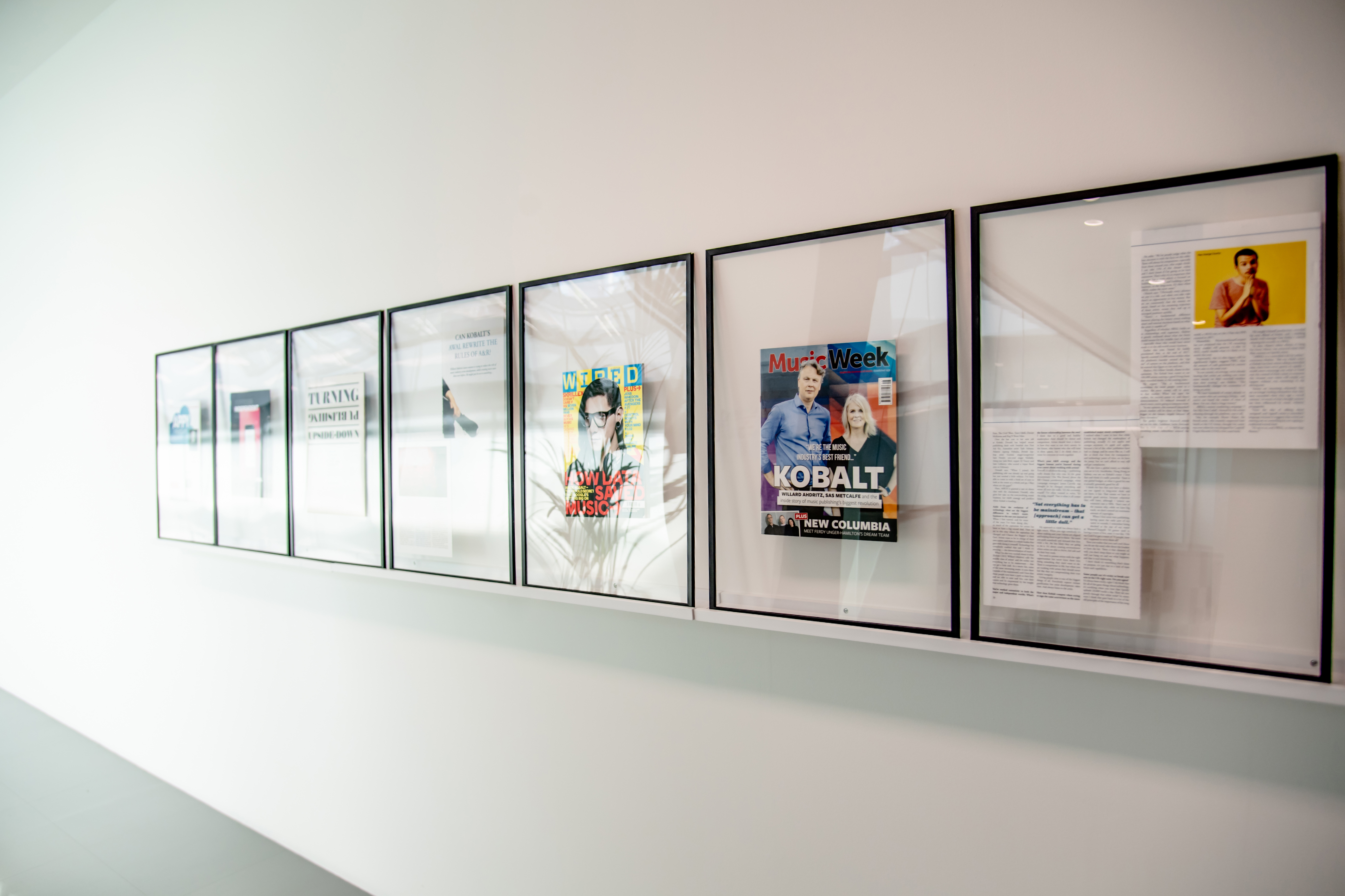Kobalt Music Group is driving the music industry to provide more transparency and faster royalty payments to musicians and challenging the traditional record labels and publishers with its own alternative service offerings that don’t take ownership of copyrights. Competition and market size are headwinds in its future growth, however, and the incumbents are thriving not dying. As I’ll outline in this final post of the Kobalt EC-1, its competitive edge rests in its administrative infrastructure and services for songwriters built on top of it.
This is Part IV of the Kobalt Music Group EC-1. Catch up on the prior posts in the series: Part I (founding story and overview), Part II (an operating system for the music industry), and Part III (music’s middle class and DIY stars).
Kobalt’s alternative to a record label, AWAL, is targeting a small but growing “middle class” of recording artists earning tens of thousands of dollars per year in royalties. But as I outlined in my last article, this business is sandwiched between the countless artists who make very little money, and the global superstars who are all owned by the big three labels. Revenue growth may be slow.
Kobalt’s publishing division, Kobalt Music Publishing, is in a stronger competitive position by comparison. Unlike recording artists, songwriters aren’t concerned with building fan followings and marketing themselves to consumers. Since the high end of the earning spectrum is lower for songwriters and the dynamics of fame on social media aren’t relevant to their careers, professional songwriters can be categorized in just the two camps of middle class and stars.
In each case, their core needs are:
- Administration of their royalties
- Matchmaking to find the right co-writers and to find the right recording artist to actually record (or “cut”) their song
- Pitching their songs for use in films, commercials, games, etc. (called sync licensing).
Here’s a closer look at this market opportunity — perhaps one of the most interesting areas of growth in the music industry today.
Songwriting’s middle class
Copyright tracking and royalty collections are Kobalt’s bread and butter, so Kobalt Music Publishing provides the leading infrastructure to get songwriters paid. A writer who hasn’t gained enough traction to secure a publishing deal or who is confident in handling the networking side of their career on their own will lean on an admin deal to make sure they get paid. Kobalt faces competition in offering admin deals from digital-native competitors and from traditional publishers but it has built the strongest infrastructure for the streaming era.
As with recording artists using AWAL though, Kobalt offers songwriters gaining traction in their career additional services for additional commission.
Kobalt Music Publishing’s sync licensing team is active globally in striking deals to get clients’ songs used commercially and are increasingly competitive with sync teams at major labels. It placed 7 songs in commercials that ran during the Super Bowl in 2019. Between the 2017 and 2018 fiscal years, it increased the headcount of its “synchronization and creative” team from 63 to 100.
Like a traditional publisher, it has creative staff connecting the client with other songwriters for co-writing sessions and pitching songs to recording artists. This is not unlike the job of a film agent or a VC: the job is to be well-networked and sell others in the industry on collaborating with your client.
To offer additional support, Kobalt’s CTO told me the company is working on a marketplace platform to match songwriters with each other or with recording artists, providing an automated solution to the songwriters who aren’t receiving hands-on support. While this makes sense in theory, it is unlikely to even come close to the benefit of having a human representing the writer given how nuanced a task is it — one heavier on emotional intelligence and artistic taste than rational analysis.
This is Kobalt’s dilemma in publishing: high-potential songwriters breaking into the industry want help securing the right co-writing sessions and cuts to put them on the map. Traditional publishers act as agents hustling to make this happen. Since Kobalt’s economic stake in a new songwriter is so much smaller, it has to operate in a more scalable way until the writer has a track record that warrants more hands-on support. Traditional publishers will take bigger early-stage risks because they have much greater upside.
When Kobalt does step in with hands-on services and pitches sync opportunities to get a writer’s song used in a film or game for big royalty, the financial impact is much greater to the writer than if they were signed to a traditional publisher.
There are two paths for the rising songwriter, depending on their financial situation and risk tolerance. A traditional publishing deal will advance upfront cash but lock them into a multi-year contract in which they give away half or all of their copyrights and a large portion of their royalties. With Kobalt, they either receive a smaller advance or no advance at all, but they retain full control over their career and full ownership of their copyrights. For those who can afford it, Kobalt lets artists bet on themselves.
Half of Kobalt’s publishing revenue comes from its B2B work handling admin and sometimes sync licensing for indie publishers. As with small labels using AWAL, this is an odd relationship providing short term revenue by helping competitors. The clients of these small publishers typically know Kobalt is handling their admin and providing the app they use to check their royalty information. This could act as a marketing channel, positioning Kobalt for consideration as an alternative when the songwriter’s publishing contract expires.
Winning over star songwriters
Kobalt’s strongest position in undercutting the three major label groups (who own the three major publishers) is on the publishing side. Whereas AWAL hasn’t poached top recording artists from major labels’ rosters, Kobalt Music Publishing has succeeded in signing several of the top songwriters away from the major publishers.
It is easier to go DIY as a well-known songwriter because you don’t require a global marketing machine to maintain fame. You don’t need fame at all — you just need notability within the community of talented songwriters and recording artists in the genres you write for. Once you’ve established yourself as a consistent hitmaker, work keeps flowing to you. Why then are you signing away so much of your royalties and co-ownership of your copyrights?
Kobalt is a compelling partner for top songwriters who rose to prominence while signed to a traditional publisher and now has their contract expiring. Relative to recording artists vying for consumer attention every day, it’s much easier to stay a star within the industry once you’re there.
As the co-writer of twenty-two songs that ranked #1 on the Billboard Hot 100 charts, Max Martin doesn’t need help finding co-writers or recording artists to cut his songs. It makes sense for him to switch to a Kobalt deal (which he did) that provides substantially better economics even if there’s less of a hands-on support team.
A songwriter’s success doesn’t open up the range of lucrative revenue streams like brand sponsorships, merch sales, and touring that successful recording artists can tap into, so maintaining ownership of one’s copyrights it a huge asset. It provides the option to sell all or part of your catalog of hit songs, making it important as a source of wealth to live on after your career peaks.
Many superstar recording artists also co-write some of their songs, by the way, so exist simultaneously as star songwriters in need of a publisher. While they will remain with their labels and not switch to AWAL, they may well switch their publishing from a major publisher to Kobalt for the same reasons as dedicated songwriters. Enrique Inglesias, ZAYN, The Lumineers, and Beck have all already made the switch.
Where Kobalt stands overall
Copyright administration and publishing are where Kobalt has made its biggest impact to date and is where it has the most opportunity for further growth. This is Kobalt’s competitive edge. It covers the Kobalt Music Publishing, AMRA, and Kobalt Neighboring Rights divisions of the business.
Kobalt Capital is a simple extension of this as well, providing the same KTech Software to investment funds who are buying song catalogs. There are few such funds, however, so it’s not a play for software licensing fees but about locking in the catalogs those funds own as clients of Kobalt Music Publishing and AMRA.
AWAL is the outlier among Kobalt’s divisions. It’s a creative services firm that does use software to track its clients’ performance but isn’t a natural extension of Kobalt’s core copyright administration infrastructure. Kobalt is pouring funds into AWAL, much of which is going toward advances to sign talent that would otherwise take a traditional record deal. But AWAL’s edge is in its deal terms and its human capital — both things that other companies can copy or poach.
Kobalt’s annual financial filing in the UK shows it had an operating loss of $41.5 million last year on $52.5 million gross profit from $494 million in overall collections. For a 19-year-old company that’d relied on VC funding from large firms since 2008, it still has a long way to go to run its operations profitably while securing more market share.
It’s current big spending on advances to secure top clients for AWAL and Kobalt Music Publishing can work as a tactic if it gains a strong enough brand halo from a talented roster to convert substantially more of the traditional label/publishing market into its own clients. There’s no winner-takes-all market here, however — Kobalt will face ongoing competition and competitors and change their deal term to reduce client churn.
Kobalt establishes an alternative deal with more artist-friendly terms that musicians can point to in negotiations. Anecdotally from my interviews with managers and executives in the industry, the terms of record and publishing deals are getting shorter on average and musicians are pushing more often for ownership of their copyrights (though that’s still uncommon to happen).
This is ultimately what Kobalt has to figure out in the coming years. While it has driven innovation in the market, it’s not capturing most of the economics unlocked by its impact. The drive to let musicians retain their copyrights and the majority of their royalties shrinks Kobalt’s market of revenue going toward label and publishing services.
This expands the pie of how many people can sustain a career as a professional musician, however, and with streaming’s growth Kobalt can provide the leading infrastructure for those royalty flows. The services component of the business will hinge on Kobalt’s ability to convert more rising talent away from traditional label and publishing deals as they develop into niche stars and then retaining them as some grow beyond that.
Kobalt isn’t the only player in its market but it is driving change that’s much needed in the music industry and better for the musicians themselves.
Kobalt EC-1 Table of Contents
- Part 1: Founding Story and Overview
- Part 2: The business of recording royalties
- Part 3: Building a new economic class of musicians
- Part 4: Competitive landscape
Also check out other EC-1s on Extra Crunch.



